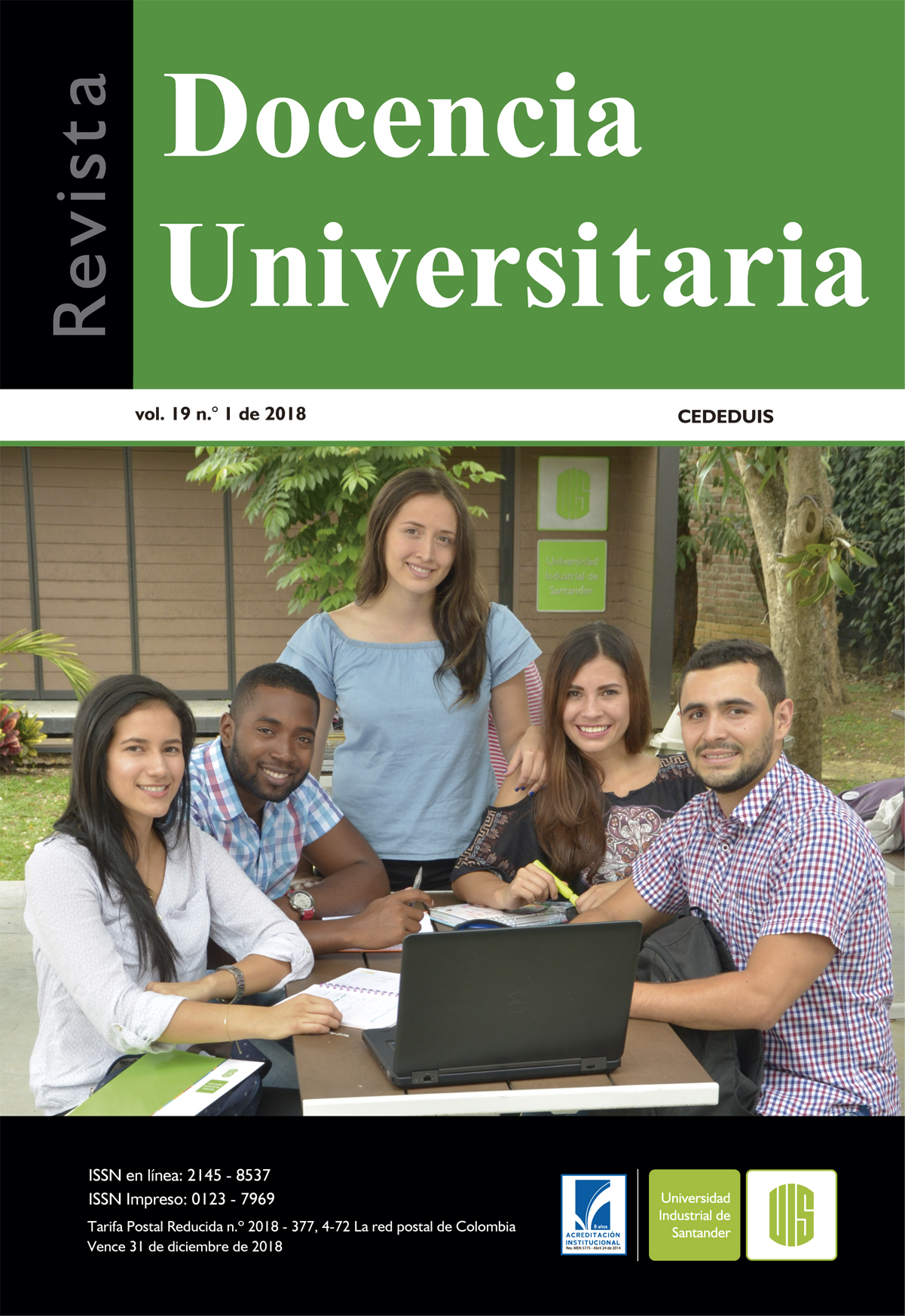Design and development of an application to select mineral crushing equipment in order to incorporate Information and Communication Technologies to the mineral processing area in the Universidad Industrial de Santander
Published 2018-06-29
Keywords
- education,
- Information and Communication Technology (ICT),
- simulation,
- mineral crushing,
- software
How to Cite
Abstract
This article presents the design of a simulator that models a crushing equipment selection procedure, which was developed in two programming environments: MatLab® y Microsoft Excel®, from which two versions of the application were obtained. The development methodology was based on software creation concepts that enabled professors to obtain reliability and quality in the programming. The first step was to collect data required for the operation of the application. Later, an operating algorithm was designed that performs the selection by applying a suitability assessment method. This was designed based on theoretical concepts of comminution and the needs of the user. The algorithm was implemented individually in the aforementioned programming environments, to provide the student accessibility depending on the availability of the software and their knowledge in each of the environments. Each version has a didactic graphic interface that makes the program an ideal tool for teaching mineral processing. Finally, the contribution of this project in the implementation of ICT in education and the benefits it offers within the teaching-learning process of the students of Metallurgical Engineering students of the Universidad Industrial de Santander is discussed.
Downloads
References
British Educational Communication and Technology Agency (Becta) (2003). What the research says about using ICT in Maths. Coventry: Becta. Recuperado de: http://www.becta. org.uk (Marzo 2018).
Condie, Rae y Munro, Bob (2007). The Impact of ICT in Schools: a landscape review. UK: Becta. Recuperado de: http://www. becta.org.uk (Marzo 2018).
Cox, Margaret y otros (2003). ICT and attainment: A review of the research literature ICT in Schools Research and Evaluation Series – No.17. DfES-Becta. Recuperado de: http://www. becta.org.uk (Marzo 2018)
Cox, Margaret y Marshall, Gail (2007). Effects of ICT: Do we know what we should know? Education and Information Technologies, 12, 59-70. Recuperado de: http://www.becta. org.uk (Marzo 2018).
Currie, Jhon M. (1973). Unit operations in mineral processing. Burnaby, Canada: CSM Press.
Delúquez, Luis y Díaz, José (2018). Modelamiento de un procedimiento de selección de equipos de trituración a través de software matemático. (Tesis de grado). Universidad Industrial de Santander. Bucaramanga, Colombia.
Solanilla, J. (2003). Gerencia de equipos para obras civiles y minería. Bogotá, Colombia: Bhandar Editores Ltda.

